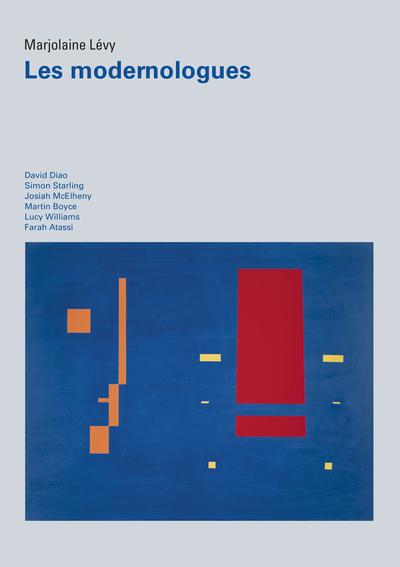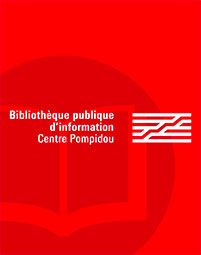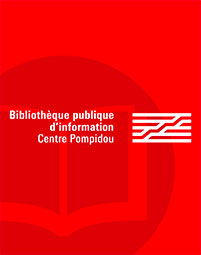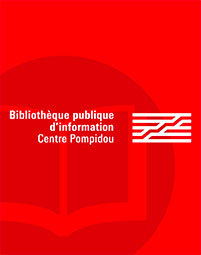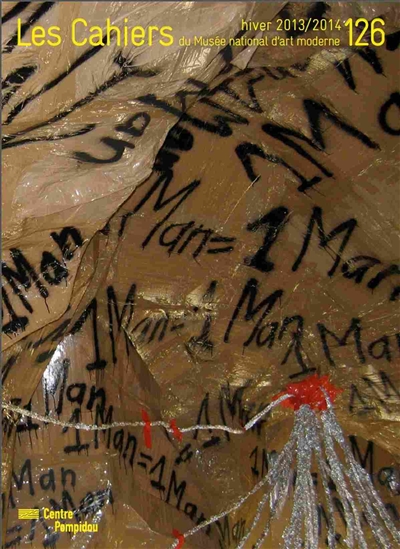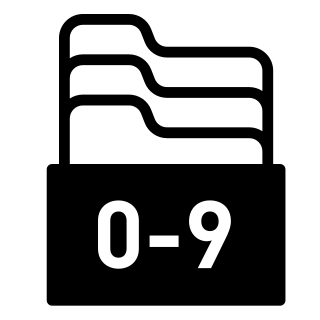par Godfrey, Tony (19..-....), critique d'art
Thames & Hudson Ltd
2020 -
-
Disponible - 704-8 GOD
Niveau 3 - Arts
Résumé : What does it mean? Is it really art? Why does it cost so much?" While these questions are perpetually asked about contemporary art, they are not the questions that E. H. Gombrich set out to answer in his seminal book 'The Story of Art'. Contemporary art is very different from what came before. From the 1960s, where Gombrich's account concludes, artists began to abandon traditional forms of art and started to make work that questioned art's very definition. This is where Godfrey picks up the story. Developments in contemporary art have followed no straightforward line of progress or sequence of movements. Recognizing this, Tony Godfrey creates a narrative from a series of often dramatic creative conflicts and arguments around what art is or should be. From object versus sculpture and painting versus conceptual to local versus global, gallery versus wider world, The Story of Contemporary Art traces a history in terms of drastic changes in social and political life over the last sixty years. How do we experience being human in a world that seems to change so quickly? In exploring art's relationship to this question, Godfrey asserts that multiple voices must be heard: critics, theorists, curators and collectors, but also audiences and artists themselves. Key to the book is the story of how a perception that art was made almost exclusively by white men from North America and Western Europe has been radically overturned. Compelling and intelligent, but never academic, this book tells us how.

 Les bibliothèques de la ville de Paris
Les bibliothèques de la ville de Paris
 Les bibliothèques universitaires
Les bibliothèques universitaires
 La BnF
La BnF
 L'encyclopédie Wikipédia
L'encyclopédie Wikipédia
 L'Encyclopædia Universalis
L'Encyclopædia Universalis
 La bibliothèque du film
La bibliothèque du film
 La médiathèque de la Philharmonie de Paris
La médiathèque de la Philharmonie de Paris



